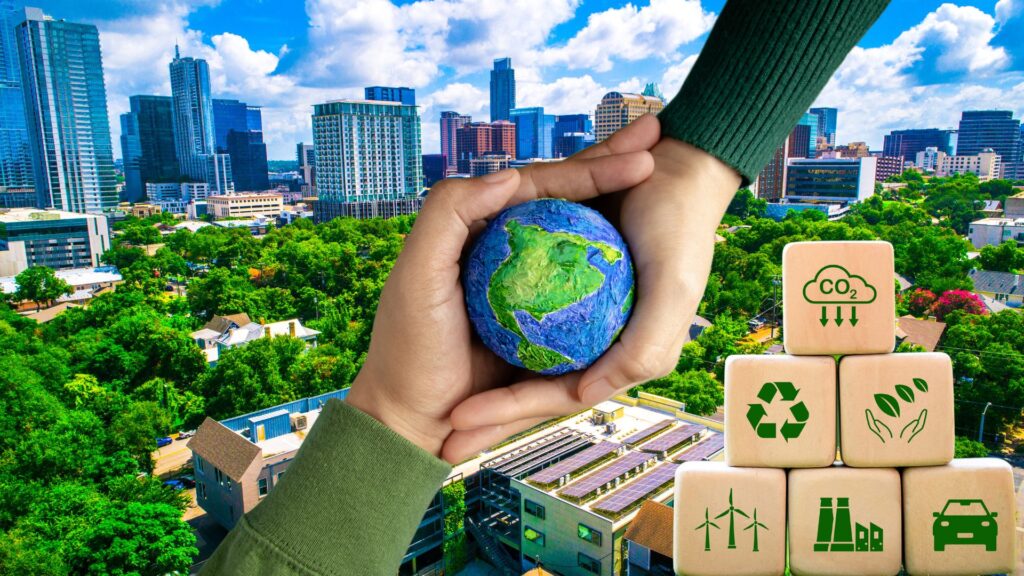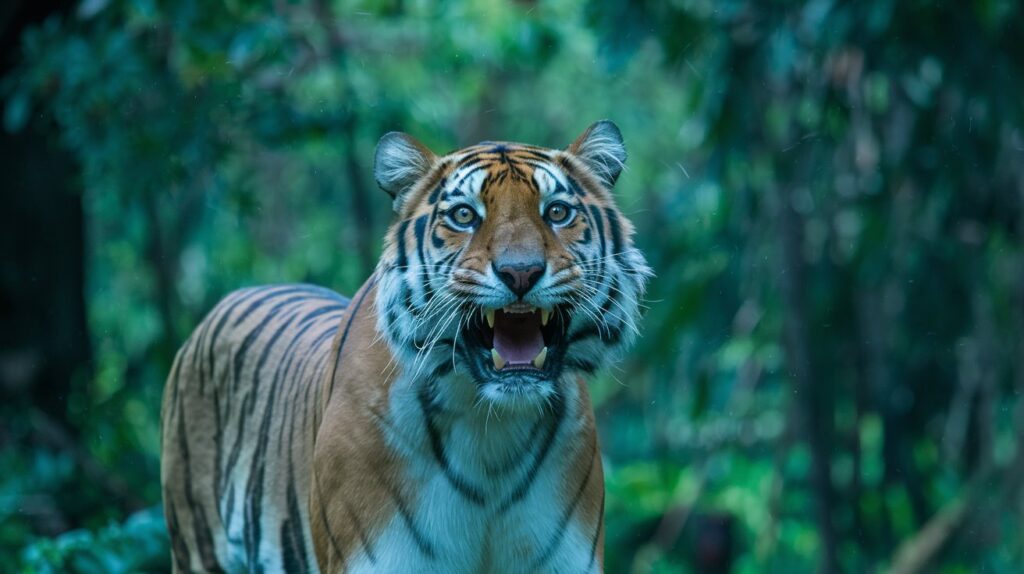Let’s Make 2025 the Year of Climate and Nature Positive Action
As we enter 2025, the urgency to address climate change and biodiversity loss has never been greater. But there’s hope and momentum—by planning and acting intentionally, we can create a positive impact for the planet. In 2024, Copernicus Climate Change Service indicates global temperatures exceeded 1.5°C above pre-industrial levels for the first time, marking a significant milestone in climate change. This unprecedented warming has led to more frequent and severe climate-related disasters, such as wildfires, floods, and heatwaves, underscoring the urgent need for comprehensive climate action. The breach of this critical threshold highlights the importance of implementing sustainable practices and policies to mitigate further environmental degradation. At Green Initiative, we’re here to help individuals, communities, and businesses make 2025 a year of bold and meaningful climate and nature-positive progress. Here’s how you can start planning: 1. Set Clear Goals for Climate and Nature Positivity The journey to becoming climate positive goes beyond reducing emissions—it involves actively restoring the planet. This could mean switching to renewable energy, improving energy efficiency, or supporting reforestation efforts. Businesses can also take an important step by getting certified as Climate Positive, Carbon Neutral, or Carbon Measured. Certification ensures transparency and accountability in your sustainability goals. If you’re ready to get started or need to prepare for recertification, learn more here. 2. Partner with Forest Friends for Ecosystem Restoration Reforestation is one of the most impactful ways to fight climate change and restore biodiversity. At Forest Friends, we make it easy for you to plant native trees in critical areas, and you can even gift the trees planted to friends and those you love. By supporting Forest Friends efforts, you’re not just offsetting carbon emissions—you’re revitalizing ecosystems and empowering local communities. Forest Friends also provides tools to calculate your carbon footprint and track the impact of your contributions. 3. Embrace Everyday Sustainability Small, consistent actions in your daily life can lead to big changes over time: 4. Get Certified or Prepare for Recertification For businesses and organizations, certifications are an essential way to demonstrate your commitment to sustainability. Climate-positive and carbon-neutral certifications not only help the planet but also resonate with customers and stakeholders who value transparency. If you’re new to the process or gearing up for recertification in 2025, this guide offers all the details you need to get started. If you are in the travel and tourism industry, read our Climate Action Guide for Tourism Businesses and Destinations and catch up on the best regenerative travel and tourism practices. 5. Advocate and Collaborate Spread the word about climate and nature-positive actions in your networks. Advocate for policies that support sustainability and partner with like-minded organizations to amplify your impact. Collaboration strengthens individual efforts and drives systemic change. Why 2025 is Crucial This year is a pivotal moment for global sustainability efforts. The choices we make now will shape our collective future. Whether you’re planting trees with Forest Friends, pursuing a climate certification, or reducing your carbon footprint, every action counts. Let’s make 2025 a year of bold, meaningful change. Together, we can create a future where both people and nature thrive. Ready to act? Contact us to explore our climate certifications and visit Forest Friends to support reforestation today.
Let’s Make 2025 the Year of Climate and Nature Positive Action Read More »



